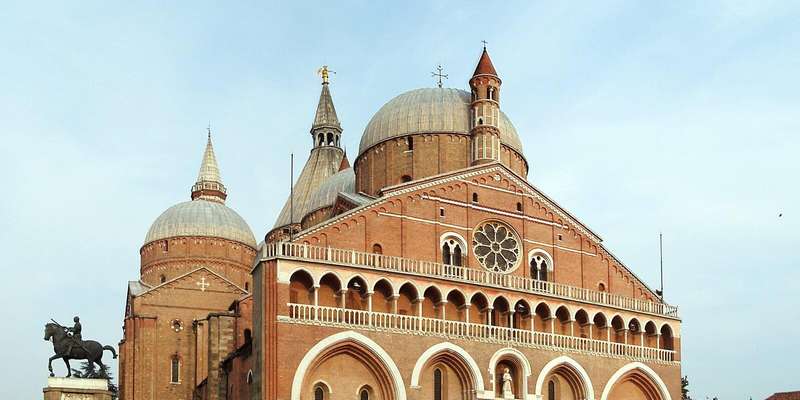- Home
- Useful Tips
- Padua's botanical garden: what...
As the world's first academic botanical garden and a UNESCO site, Padua's Orto Botanico overwhelms visitors with its 6,000+ plant species. Yet 63% of day-trippers miss its rarest specimens according to visitor surveys, while peak hours see 300+ people crowding narrow Renaissance pathways. The garden's layered history – from medicinal herbs studied by Galileo to its iconic 1585 palm tree – demands more than a rushed walkthrough. Morning tour groups often block access to the butterfly greenhouse, while afternoon visitors in summer face scorching temperatures in the open-air sections. Without local timing knowledge, you risk seeing wilted flowers in the medicinal plant quadrant or queuing 40 minutes just to photograph the ancient plane tree.


Navigating the garden's five must-see zones without the crowds
The garden's spiral layout conceals its most valuable specimens in easily missed corners. Head first to the Historic Collection near the south gate, where the 450-year-old 'Goethe palm' grows in a microclimate-controlled greenhouse – arriving before 10am guarantees unobstructed viewing. The Poison Plant Section reveals fascinating species behind unmarked iron gates; locals know Wednesday mornings see the fewest school groups here. For photography, the Water Plants Pavilion shines in late afternoon light when the giant Victoria water lilies fully unfurl. The Biodiversity Garden's medicinal herbs release their strongest aromas between 11am-1pm, while the Alpine Greenhouse stays pleasantly cool for midday visits. Savvy visitors reverse the typical route, starting at the eastern Biodiversity Garden when crowds cluster at the main entrance's historic core.
Seasonal highlights and what blooms when in Padua
March brings a spectacular show of 200+ tulip varieties framing the central fountain, while April's wisteria tunnels create living cathedrals of purple blooms. Come May, the Rose Garden's 19th-century cultivars peak alongside rare peonies in the Chinese Medicinal Plants section. Summer visitors often miss the subtle magic of the Night-Blooming Garden, where moonflowers and evening primroses awaken at dusk (special July-August evening openings). Autumn transforms the Arboretum into a gold-and-crimson tapestry, particularly around the 1704 ginkgo biloba. Even winter holds wonders: the Citrus Collection's fragrant January blossoms and the Alpine Greenhouse's resilient edelweiss. The garden's 'secret seasons' occur during light rains, when glasshouses empty and tropical plants glisten – just bring waterproof shoes for the original 16th-century brick pathways.
Combining your visit with Padua's hidden gems
Few realize the garden sits at the heart of Padua's scientific heritage district. A 3-minute walk leads to Palazzo Bo, where Galileo's original 1592 lecture podium stands near anatomical theaters. The nearby Specola Museum's astronomy tower offers panoramic views over the garden's geometric layout. For lunch, locals favor Antica Osteria dei Fabbri's garden-facing terrace, serving pumpkin-filled bigoli pasta – a perfect midday break before returning for the garden's quiet 2-4pm lull. Art lovers should time their visit to coincide with the Scrovegni Chapel's reserved slots (bookable with garden combo tickets), as its Giotto frescoes mirror the garden's botanical symbolism. Those staying overnight discover the garden takes on new magic during exclusive full moon tours, when guides reveal Renaissance plant lore by lantern light.
Money-saving strategies for garden access
While general admission covers most areas, smart visitors use the Padova Card for unlimited access plus 15+ other attractions. Students save 50% by presenting ID at the Orto Botanico's side entrance ticket office rather than online vendors. Families benefit from Sunday afternoons when under-12s enter free with adults. The garden participates in Italy's first-Sunday-of-the-month free admission scheme, though arrive by 8:45am to beat queues. For serious botany enthusiasts, the Friends of the Garden membership (sold onsite) provides year-round access and rare-book library privileges. Those combining visits with Venice can save via regional train combo tickets that include garden entry. Remember the western Herbarium building offers free exhibits on weekdays, showcasing centuries-old pressed specimens not visible in the living collections.



